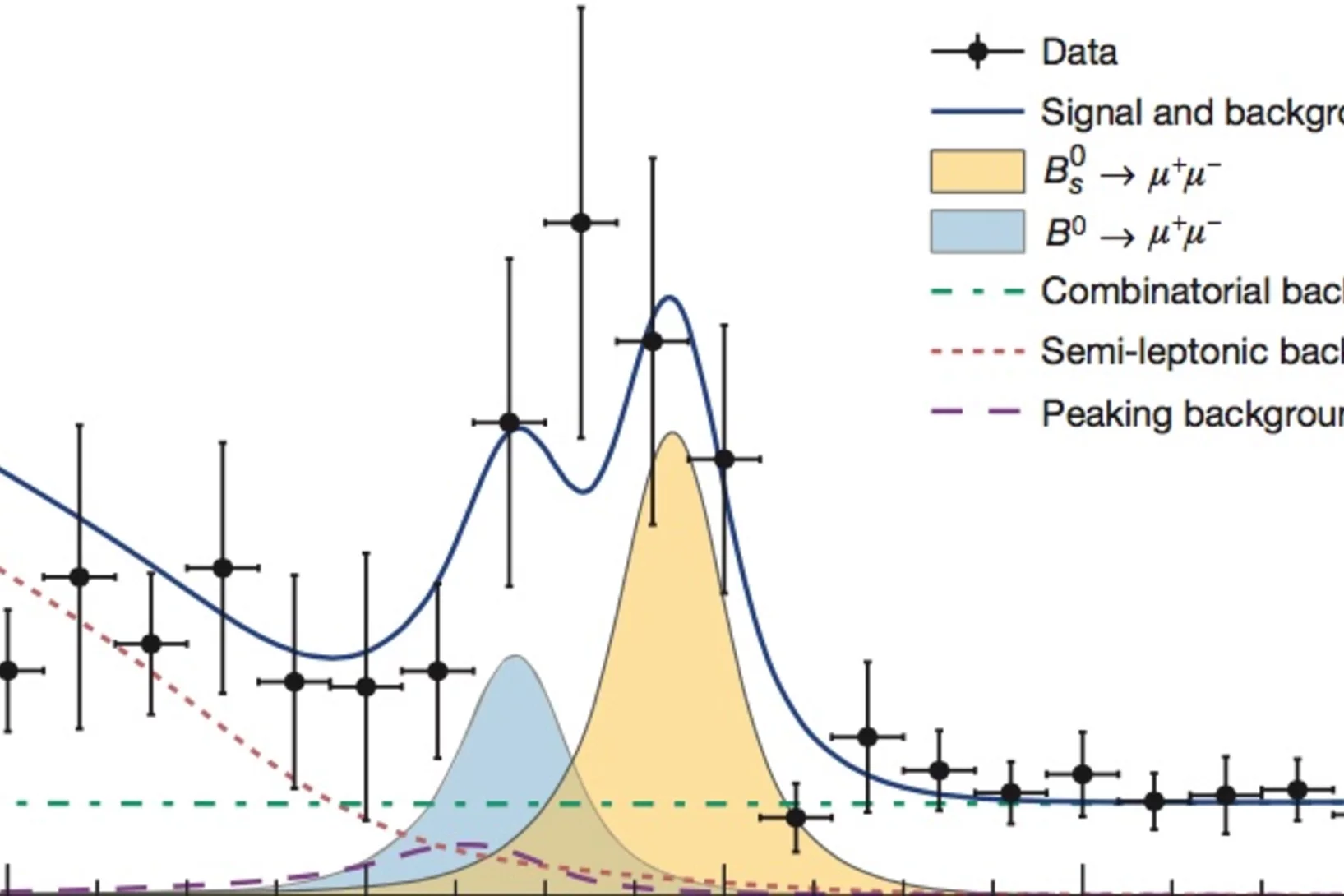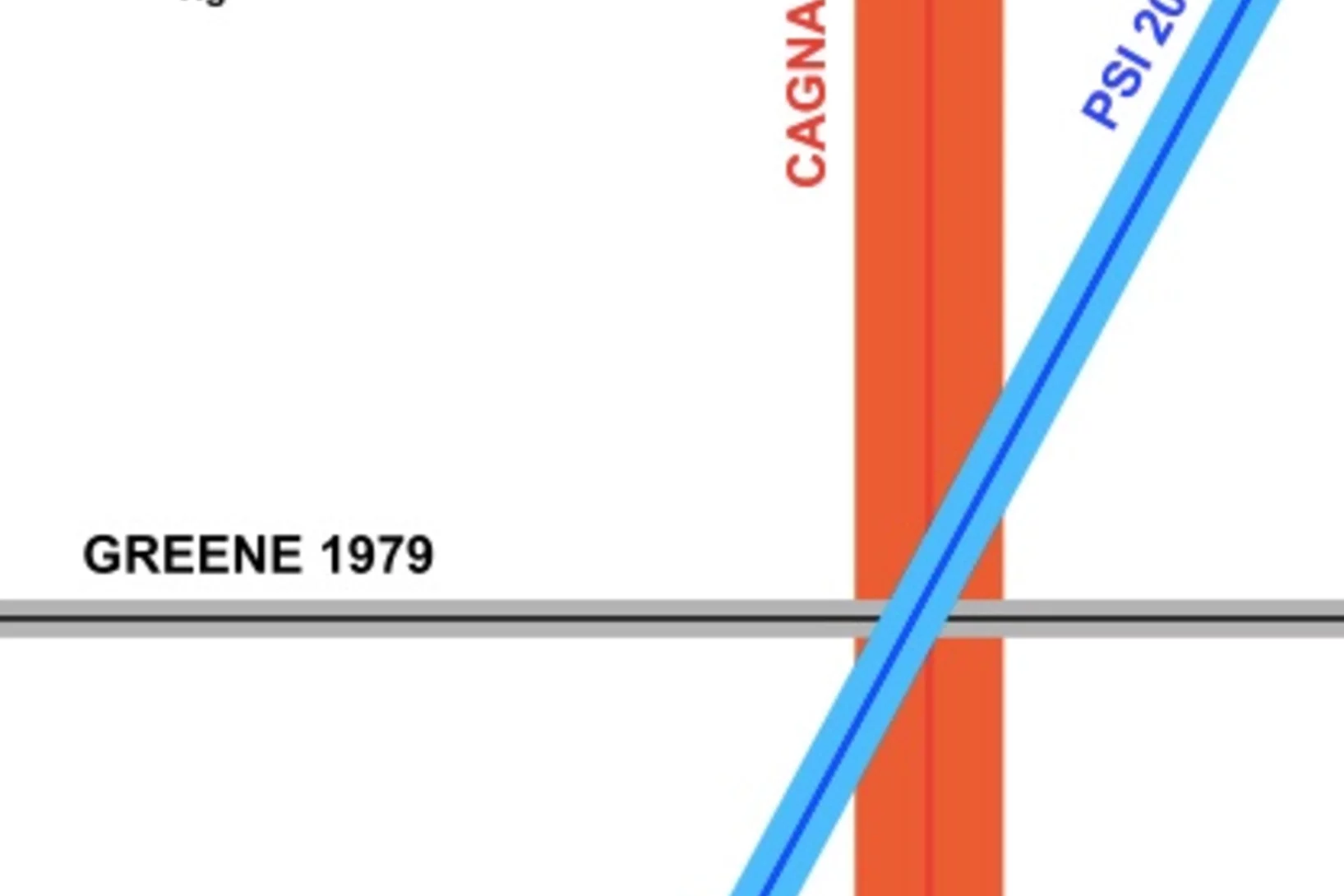Observation of the rare BS0 →μ+μ- decay from the combined analysis of CMS and LHCb data
The standard model of particle physics describes the fundamental particles and their interactions via the strong, electromagnetic and weak forces. It provides precise predictions for measurable quantities that can be tested experimentally. The probabilities, or branching fractions, of the strange B meson (BS0) and the B0 meson decaying into two oppositely charged muons (μ+ and μ-) are especially inter- esting because of their sensitivity to theories that extend the standard model. The standard model predicts that the BS0 →μ+μ- and B0 →μ+μ- decays are very rare, with about four of the former occurring for every billion Bs0 mesons produced, and one of the latter occurring for every ten billion B0 mesons.
A measurement of the neutron to 199Hg magnetic moment ratio
The neutron gyromagnetic ratio has been measured relative to that of the 199Hg atom with an uncertainty of 0.8 ppm. We employed an apparatus where ultracold neutrons and mercury atoms are stored in the same volume and report the result γn/γHg = 3.8424574(30).
The μ → eγ decay in a systematic effective field
We implement a systematic effective field theory approach to the benchmark process μ → eγ, performing automated one-loop computations including dimension 6 operators and studying their anomalous dimensions. We obtain limits on Wilson coefficients of a relevant subset of lepton-flavour violating operators that contribute to the branching ratio μ → eγ at one-loop.




